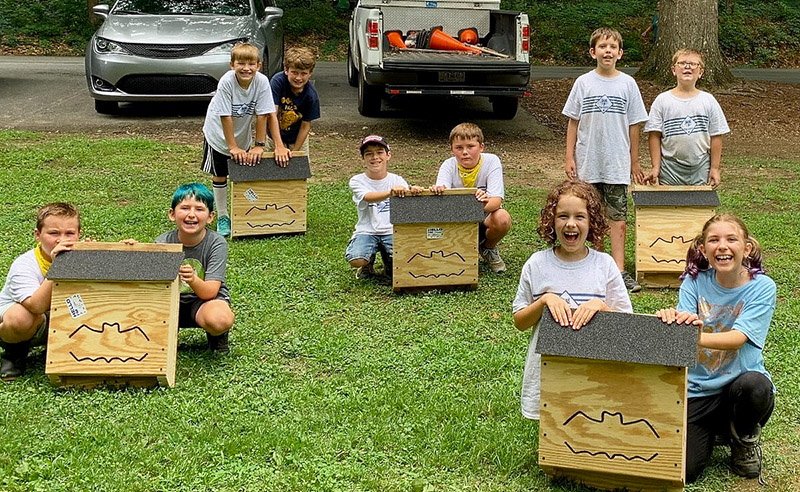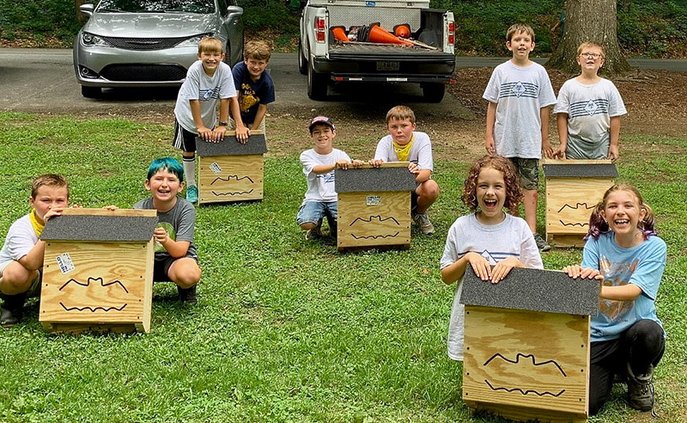The Georgia Department of Natural Resources wants more state residents to see and enjoy the animals, plants and natural habitats in the areas they live.
As part of Georgia’s State Wildlife Action Plan the DNR is looking for proposals to receive a grant as part of its Wildlife Viewing Program. The deadline to apply for a grant – online at https://georgiawildlife.com/WildlifeViewingGrants – is Feb. 6, 2024.
The grants are capped at $3,000 per project and are supported through the Nongame Wildlife Conservation Fund, which is managed by DNR’s Wildlife Conservation Section.
Wildlife Conservation Section Chief Matt Elliott said the goal is to provide viewing opportunities that raise awareness of native animals not fished for or hunted, rare native plants and natural habitats – particularly those considered conservation priorities in the state’s Wildlife Action Plan.
According to the Action Plan, the program is focused on conserving Georgia wildlife and their habitats before these plants, animals and places become more rare and more costly to conserve or restore.
“DNR’s wildlife viewing grants focus on the critical human element of wildlife conservation,” Elliott said. “Getting folks outside to experience high-priority habitats and species is absolutely critical to developing a desire to conserve them, and it’s important to people’s overall well-being and health.”
In a 2021 survey of about 1,000 wildlife viewers in Georgia, the services most respondents said they wanted from DNR included more information about the state’s wildlife and where to see species, as well as more access to viewing sites for animals and plants.
The six viewing grant projects approved last year varied from a bat call detector and other gear to inform people about bats in Forsyth County to a bird’s nest-design viewing tower near Rising Fawn and interpretive signs along trails at Cubihatcha Outdoor Education Center in Henry County.
Although the grants are small, the potential interest from the public is huge. According to the DNR, about 1-in-4 Georgians, or 2.4 million people, took part in wildlife-viewing activities recently, spending an estimated $1.8 billion, according to a U.S. Fish and Wildlife Service survey.
Nationwide, the number of Americans involved in wildlife viewing surged from about 86 million in 2016 to 148 million in 2022, more than half of the population 16 and older, the Fish and Wildlife Service reports.
Grant proposals can include facilities, improvements and other initiatives that provide opportunities for the public – including underserved groups – to observe nongame animals, plants and natural habitats. Notification of awards will be made by March 22, 2024.
DNR’s Wildlife Conservation Section is charged with restoring and conserving rare and other native species. The section relies largely on fundraisers, grants and contributions. Sales and renewals of DNR eagle, hummingbird and monarch/pollinator license plates are one of the leading fundraisers each year.

